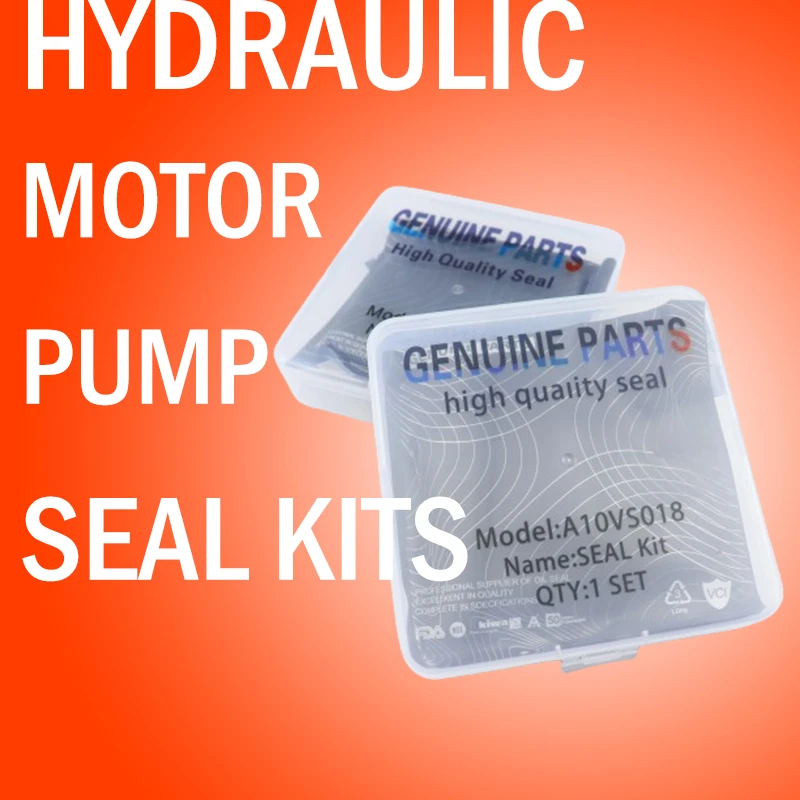10 月 . 09, 2024 20:48 Back to list
hydraulic cylinder seals
Understanding Hydraulic Cylinder Seals Functionality and Importance
Hydraulic systems are integral components of modern machinery, facilitating the conversion of hydraulic energy into mechanical work. A vital part of these systems is the hydraulic cylinder, which relies on seals to maintain efficiency and effectiveness. Hydraulic cylinder seals are essential elements that ensure the proper functioning of these cylinders. In this article, we will explore what hydraulic cylinder seals are, the types available, their functions, and why they are crucial for hydraulic systems.
What Are Hydraulic Cylinder Seals?
Hydraulic cylinder seals are specially engineered components designed to prevent fluid leakage from hydraulic cylinders. These seals create a barrier between the dynamic components (like the piston and the cylinder walls) and the outer environment. Without effective sealing, hydraulic systems would lose pressure, leading to decreased performance, potential mechanical failure, and environmental contamination.
Types of Hydraulic Cylinder Seals
There are several types of hydraulic cylinder seals, each serving specific purposes and functions. Here are some of the most commonly used types
1. Rod Seals These seals are located on the rod of the hydraulic cylinder and are responsible for preventing hydraulic fluid from leaking out as the rod extends and retracts. Common types of rod seals include U-cups, O-rings, and lip seals.
2. Piston Seals Positioned within the cylinder, piston seals prevent hydraulic fluid from escaping past the piston. They are crucial for maintaining pressure in the cylinder and often come in designs such as O-rings and V-packings.
3. Buffer Seals These seals are used in conjunction with piston or rod seals to provide additional protection against wear and tear, particularly in harsh operating conditions. They help absorb pressure spikes and protect primary seals from damage.
4. Dust Seals Also known as wipers, dust seals keep contaminants such as dirt, dust, and debris from entering the cylinder. They are typically the first line of defense in a sealing system, ensuring that hydraulic oil remains uncontaminated.
5. Guide Rings While not seals in the traditional sense, guide rings help maintain the alignment of the piston and rod within the cylinder, reducing the risk of wear on seals and extending the lifespan of the entire assembly.
Functions of Hydraulic Cylinder Seals
The primary functions of hydraulic cylinder seals include
hydraulic cylinder seals

- Fluid Containment Seals are essential for preventing hydraulic fluid from leaking, which is critical for maintaining system pressure and performance.
- Contaminant Exclusion Seals protect hydraulic systems from dirt and debris that can cause damage or reduce efficiency.
- Pressure Maintenance By ensuring that the hydraulic fluid is contained within the system, seals help maintain the necessary pressure for effective operation.
- Minimizing Friction High-quality seals reduce the friction between moving parts, which enhances the overall efficiency and longevity of the hydraulic system.
Importance of Hydraulic Cylinder Seals
The importance of hydraulic cylinder seals cannot be overstated. Their failure can lead to several issues, including
- Performance Degradation Leakage can result in a loss of power and efficiency, affecting the overall operation of the machinery.
- Increased Maintenance Costs Frequent seal replacements due to wear or failure can lead to higher operational costs and downtime.
- Environmental Impact Hydraulic fluid leaks can pose environmental hazards, leading to contamination of soil and water sources.
- Safety Risks In heavy machinery, a failure of hydraulic systems can pose serious safety risks to operators and nearby personnel.
Conclusion
In conclusion, hydraulic cylinder seals play a fundamental role in the performance and reliability of hydraulic systems. Their ability to contain fluid, exclude contaminants, maintain pressure, and reduce friction makes them indispensable components in the machinery that powers industries worldwide. Understanding the different types of seals and their functions can help operators and maintenance personnel select the right components for their specific applications, ultimately leading to more effective and efficient hydraulic operations. Therefore, investing in high-quality seals and paying attention to their maintenance is crucial for achieving optimal performance and longevity in hydraulic systems.
-
The Power of Advanced Sealing: High-Pressure Solutions for Modern Machinery
NewsOct.29,2024
-
Optimizing Machinery with High-Performance Oil Seals
NewsOct.29,2024
-
Maximizing Machinery Efficiency with Advanced Oil Seals
NewsOct.29,2024
-
Ensuring Equipment Longevity with Quality Oil Seals
NewsOct.29,2024
-
Enhance Equipment Performance with Quality Oil Seals
NewsOct.29,2024
-
Custom Oil Seals for Specialized Machinery Needs
NewsOct.29,2024
-
The Role of Wiper Seals in Dust Sealing and Oil Protection
NewsOct.20,2024
Products categories
















